advertisement
Teaching Young Readers How to Summarize is written by contributing writer Becky from This Reading Mama.
advertisement
Summarizing is an important life skill. When I ask a friend to tell me about the new book she just read, I expect that she’ll give me the highlights; not every small detail. When my husband asks me how my day went with the kids, he really wants a simple summary; not a play-by-play of every single moment (although that’s what he sometimes gets, the poor guy).
The ability to summarize also plays an important role in the comprehension and retelling of stories. One of the most crucial pillars of summarizing is the capacity to distinguish between the important and not so important parts of a story. For many young readers, this pillar alone can be a stumbling block. Deciphering the difference between the two can be explicitly taught, even to the very young reader.
Fiction is a great place to begin with summarizing because the structure (organization) of the text is usually very familiar to children.
Introduce Story Elements with a Graphic Organizer to Teach Young Readers How to Summarize
One way to lay the foundation for summarizing is to introduce and define basic story elements by using a graphic organizer, like this Fiction Text Structure Retelling Organizer (free download).
Here is some information about the story elements from the organizer:
1. Basic Fiction Plot/Text Structure
Beginning of Story- introduction of characters, setting, and problem
Middle of Story- character(s) try to solve the problem, leading to a climax
End of Story- the conflict is over and the problem is solved (Scholastic has such a great visual for fiction text structure.)
2. Characters: The people (or animals) in the story that create the action. Inanimate objects can also be characters (like in The Little House). Characters, at least the main characters, are typically introduced towards the beginning of the story.
3. Setting: WHEN and WHERE the story takes place. Setting is also usually introduced towards the beginning of the story. Many times, the setting is implied instead of directly told to the reader.
4. Problem/Conflict: What is the main problem or conflict in the story? Again, conflict is often introduced towards the beginning of the story. It serves to propel the story forward. The conflict can be between two characters, between a character and an outside force (such as nature or society’s norms), or between the character and himself.
5. Solution: How is the conflict solved or fixed? This happens at the end of the book. Very rarely is the problem left unresolved. Why focus on these particular story elements? Simply put, they ARE the important parts of the story. When summarizing a text, these are the parts that need to be included: characters, setting, the problem, and the solution.
Use Your TV as a Teaching Tool
Favorite TV shows or movies are a visual (and fun) way to begin to learn about fiction text structure. There are many programs and movies that fit this text structure, but it is important to find those that have a well-defined and straight forward fiction text structure as your first example. For example, it could be confusing if the movie has several problems or ends as a cliff hanger. (We are Curious George fans in our home, so that’s where we started.)
While watching TV, find the important story elements and record them on the organizer. Say something like, “Let’s say you want to tell daddy about the show we just watched. The elements we recorded on this graphic organizer are the important parts of the story. We need to make sure we include these in our retelling of the story so daddy will understand.”
Summarize the story orally, pointing to each element on the graphic organizer. This helps your child see how important these pieces of the plot truly are to the story line.
Summarize Fiction Texts
Move on to reading and summarizing fiction texts. Books like Caps for Sale are great because of their well-defined and uncomplicated plot. Upon the first reading, simply enjoy the story.
Re-read it, looking specifically for the important parts. Try to hold back and let him take the lead as much as possible. Once the organizer is complete, use the information to retell the story line. Ask him to “echo retell” and provide feedback and support when needed.
Use the graphic organizer with other fiction texts as well. Read the text, complete the organizer, then practice summarizing together until your child can do it with independence. Pick well-loved books or those unknown to your child. Some other book suggestions with straight-forward story lines could include (but are not limited to) Corduroy, The Stray Dog, Ira Sleeps Over, Dr. DeSoto, or various fairy tales.
Would you like further ideas on fiction text structure? Check out these resources (free printables are included in both links):
- Fiction Text Structure Series (lessons designed for 2nd grade and above)
- Fiction Story Elements and Structure
{photo source}
Other Posts and Printables You’ll Love
This post was originally published on January 7, 2013. It was most recently updated September 2016.
Disclosure: This post contains affiliate links. Using them doesn’t change the price you pay, but we may receive a small compensation when you purchase through them. Thanks!
Join 40,000+ Other Awesome People
Subscribe to the Real Life at Home weekly newsletter to get our latest content, exclusive free printables, learning activities, and ideas for celebrating with your kids all year
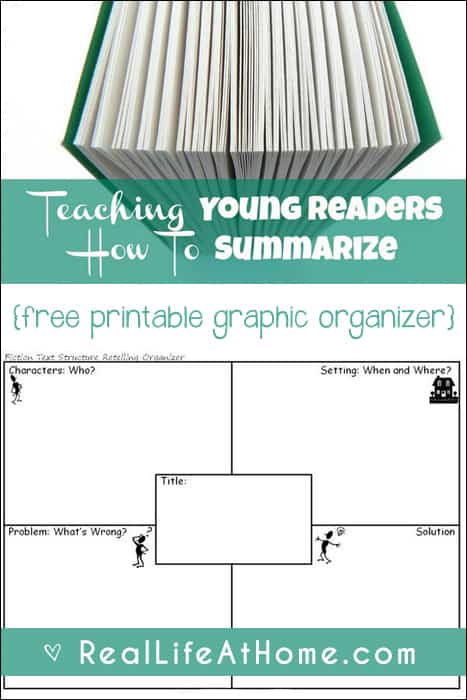
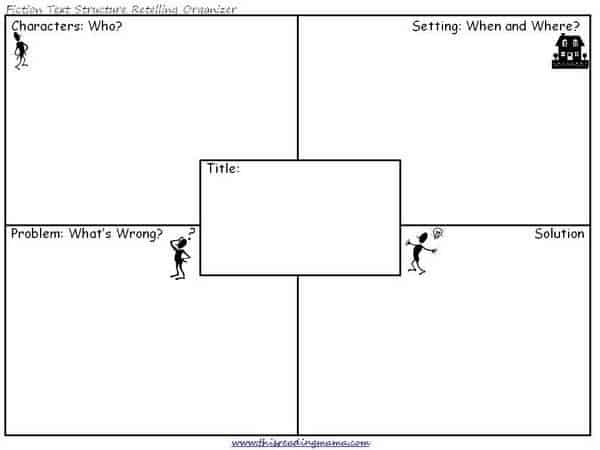
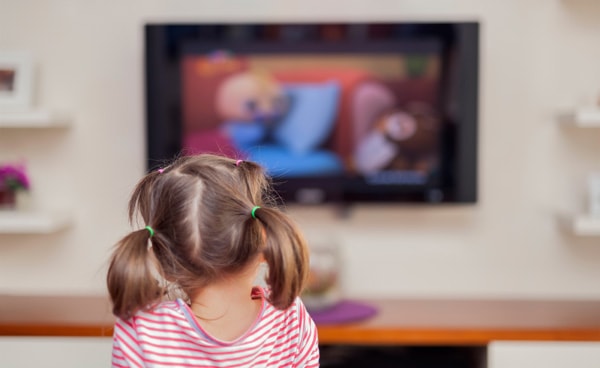

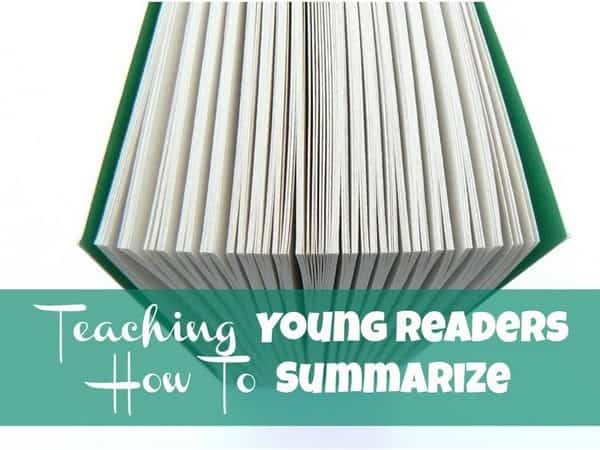
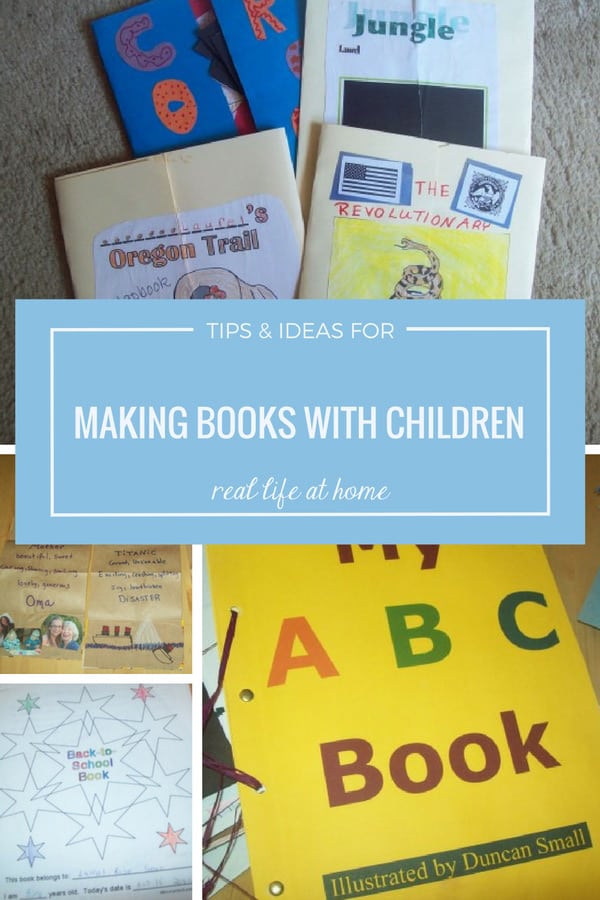
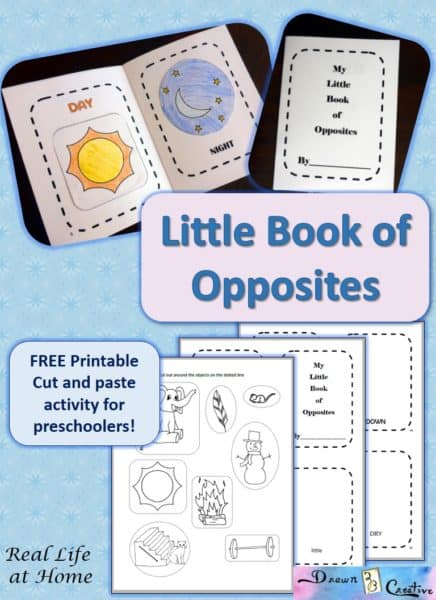
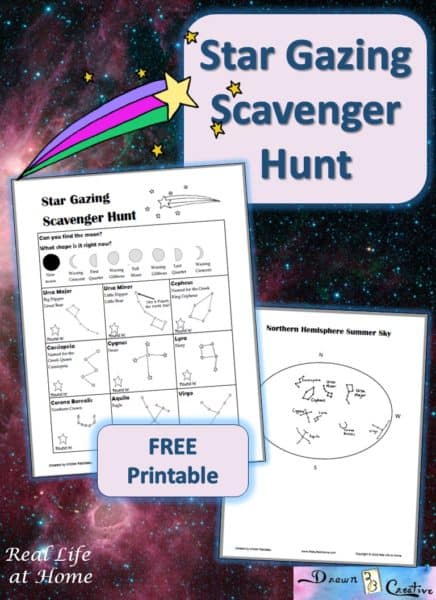
I like the idea of using TV as a teaching tool! Something I’ve never considered, really, in spite of watching film versions of novels in classes I’ve taught! Cool idea!
This is great! I will definitely be putting this to good use!
These are some great ideas! This is such a valuable skill, and, to be honest, one I wish more adults were good at. I was homeschooled, and I remember a trick my dad used that was also very useful: He’d set a short word limit (30 or 100 words) and tell me to summarize the book I just read. It was HARD sometimes… but learning that kind of concision was incredibly valuable once I got to college.
This is awesome!
Do you have anything for nonfiction?